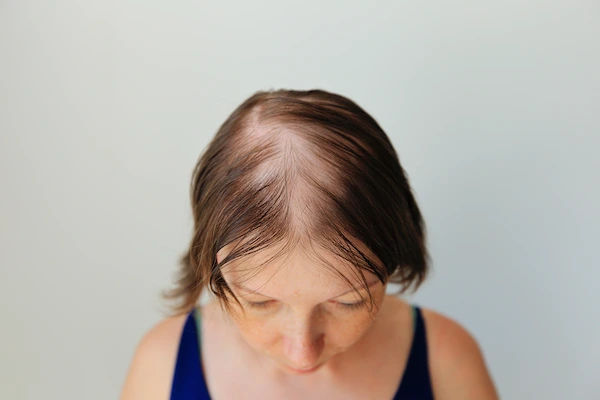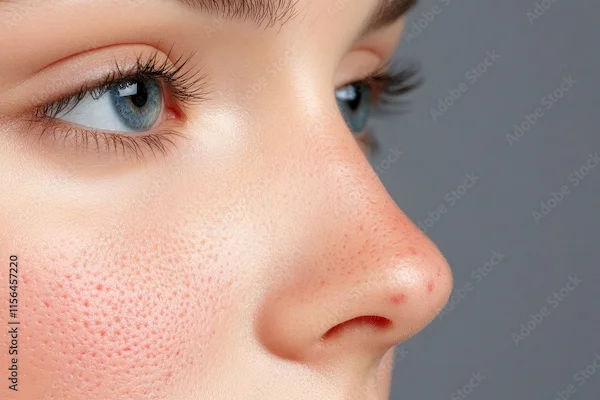- female
- 30 Years
- 14/08/2025
I have an abscess that's not coming to a head and keeps getting bigger each day. I'm on antibiotics but it's still itchy, hard around the edges, and soft and swollen in the middle. Will the antibiotics be enough to treat this or will I need surgery?
Answered by 1 Apollo Doctors
Large abscess that’s not draining usually needs incision & drainage.Incision helps antibiotics work;waiting may worsen infection.
Dr. Dhankecha Suggests...
Consult a Dermatologist
Answered 14/08/2025
0
0

More Dermatology Health Queries
View allI'm a bit worried and curious if there's any truth to the idea that a handjob can lead to pimples on the face or body. Is this something I should be concerned about health-wise?
Thats unusual,visit General Physician for appropriate approach.and maintain balanced diet and healthy lifestyle
read more![Doctor 1]()
![Doctor 2]()
Answered by 1 Apollo Doctors
I've got some hyperpigmentation going on around my eyes and mouth, and I remember my doctor once recommended aziderm 10 for acne spots. So here's my question: Can I use aziderm for these dark circles under my eyes? Is it even safe to use in that area? Any tips on how and when I should apply it would be great!
2. Compression Garments: Wear compression vests or shirts to help flatten the chest area.
read more![Doctor 1]()
![Doctor 2]()
Answered by 1 Apollo Doctors
I've been using an antifungal cream for a while, and it seemed to be helping, but once I stopped using it, the itching started at the same spot again. Why does this keep happening? Is it normal for the itching to come back after stopping the cream? What should I do next?
visit dermatologist for evaluation and appropriate management
read more![Doctor 1]()
![Doctor 2]()
Answered by 1 Apollo Doctors
Disclaimer: Answers on Apollo 247 are not intended to replace your doctor advice. Always seek help of a professional doctor in case of an medical emergency or ailment.




